2019 Global Air Defence Programmes and Requirements map

The Air Defence market is expected to reach an estimated US$ 30 billion in 2030, with countries acquiring or upgrading air defence systems. Highlights of this map include a renewed focus on anti-ballistic capabilities and an interest from some countries to be protected against hypersonic glide vehicles.
Download the map to learn more about key programmes and requirements from countries that will be attending this year’s Full Spectrum Air Defence International, such as:
- United States – the Missile Defence Agency is asking for US$ 1.2 billion in FY20 to expand defence against intercontinental ballistic missile threats
- Sweden – contract with Raytheon for the production of Patriot Integrated Air and Missile Defence System
- United Kingdom – order of a replacement for the Army’s Rapier Field Standard C short range SAM systems
- Switzerland – two companies have submitted their bids for the BODLUV long-range ground-based air defence programme
- Czech Republic – CZK 949 million contract with SAAB Dynamics AB for the delivery of 16 RBS-70NG air defence missile systems
- Slovak Republic – requirement for 17 3D air defence radar systems at a value of EUR 155 million
- Ukraine – test of its S-300B1 S-300V1 air defence system to rebuild their air defence capabilities
- Poland – acquisition of the AEGIS Ashore system
- Lithuania – procurement of NASAMS from Norway
- Germany – development of a hypersonic glide vehicle for the military
Download the map on the right >>
Key benefits of downloading the map:
- Know top acquisition and upgrade priorities from countries that will be present at Full Spectrum Air Defence International
- Develop business strategies by meeting the right people from countries having active programmes and key requirements at Full Spectrum Air Defence International
- Gain insights into investment trends from your peers
Download the full agenda of the conference here. To request a copy to be sent via email, please click here.
Join us at the conference this year, where the following key themes will be addressed:
- How can air defenders be aided by the OEM and systems integrators to smooth the transition from legacy to contemporary assets?
- As threats become more varied with the development of low slow small uas to hypersonic glide vehicles, what options are there for multi-model air defence systems to engage a range of targets? What are the benefits and limitations of futuristic technology, such as directed energy
- In what ways can nations increase the integration of air defence assets across air, land and sea, in an effort to create a seamless reactive capability to dealing with threats areas across the spectrum
- What lessons can be transferred between GBAD commanders in different regions of the world, in terms of meeting operational challenges?
Please note: That all fields marked with an asterisk (*) are required.

